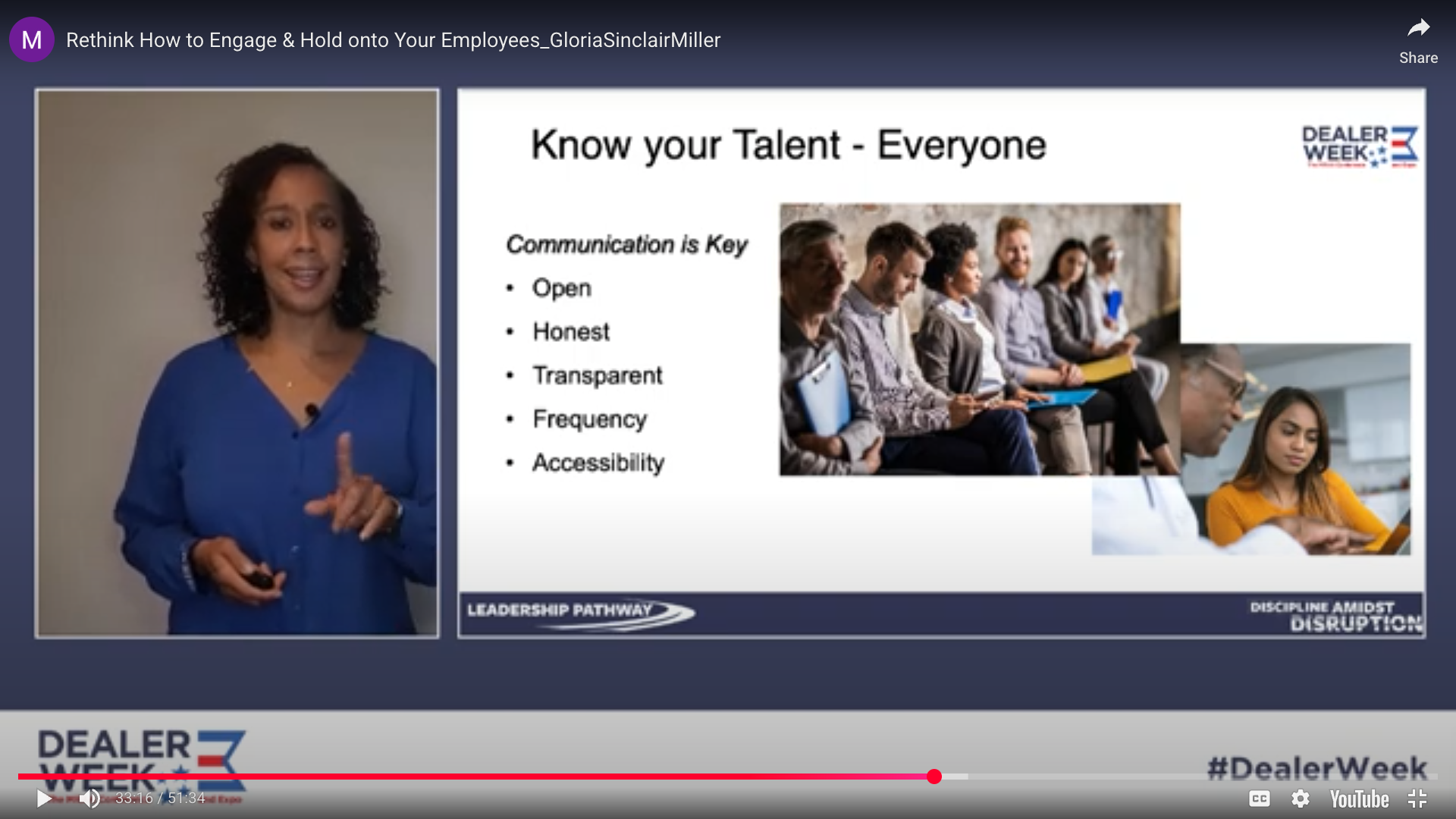With the memory of the significant toll that the Great Recession had on our industry still somewhat fresh in our minds, I think it’s important to note that this downturn is different in a number of ways.
Between the crash in 2008 and the middle of 2010, nearly 2,000 boat dealerships were forced out of business. Buying programs with volume-focused discounts, coupled with loose inventory management practices put many businesses in a no-win situation when the economy came to a screeching halt.
It’s estimated that as much as 60 percent of the inventory on dealership lots during the Great Recession was more than a year old. And, notably, very little if any of that product had been curtailed, meaning the dealerships hadn’t paid down the value as it aged.
The financial crunch it placed on the dealers also hit the floor plan lenders hard, and all of them, aside from GE Commercial Distribution Finance, vacated the market place, leaving dealers and the industry to fend for themselves. Today, the former GE team operates under the Wells Fargo Commercial Distribution Finance banner, and two other lenders — Northpoint Commercial Finance and TCF Inventory Finance — are supporting manufacturers and dealers through this crisis, and there’s some relatively good news to report, in comparison to the last downturn.
Based on MRAA’s industry conversations, non-current inventory at dealerships in April, sat on average, at around 20 percent of the total inventory in the field. That’s a major shift from the precarious position dealers found themselves in during the Great Recession days. 2019 model year boats made up about 19 percent of that and only 1 percent of the non-current, new inventory in the field was 2018.
What’s more is that today’s inventory has also been curtailed. What that means is that as consumers look for more value and choose to pay less and buy a non-current model, there’s more cash injected into our dealerships.
One of the major concerns with any downturn like we’ve seen with the Great Recession and in today’s environment, is that consumers or dealers will default on their loans, have boats repossessed and then re-sold in the market place in a manner that deteriorates inventory value and further hurts our businesses. If the inventory levels are any indicator on the likelihood of that scenario, and I believe they are, then we should be in much better shape today than we were in 2008, 2009, and 2010.




